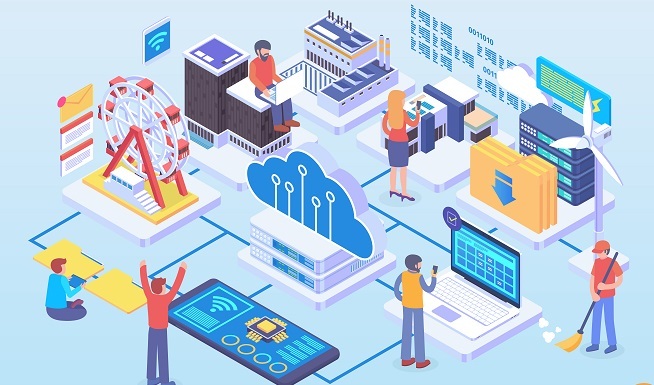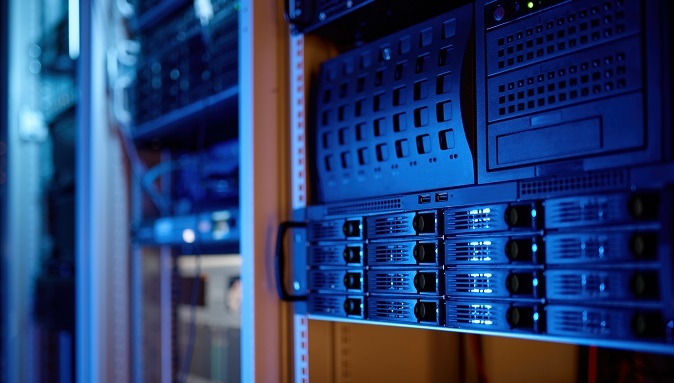
 Data Structure
Data Structure Networking
Networking RDBMS
RDBMS Operating System
Operating System Java
Java MS Excel
MS Excel iOS
iOS HTML
HTML CSS
CSS Android
Android Python
Python C Programming
C Programming C++
C++ C#
C# MongoDB
MongoDB MySQL
MySQL Javascript
Javascript PHP
PHP
- Selected Reading
- UPSC IAS Exams Notes
- Developer's Best Practices
- Questions and Answers
- Effective Resume Writing
- HR Interview Questions
- Computer Glossary
- Who is Who
What is the full form of DCE?
Introduction
Distributed Computing Environment (DCE) refers to a software technology that delivers a framework for designing and executing dispersed applications in networked computing environments.

During the 1980s and 1990s, the Distributed Computing Environment was developed by DCE by the Open Software Foundation (OSF) as a collection of standards and technologies for building distributed computing systems across various hardware, operating systems, and network environments.
DCE has developed over the years, and its standards and technologies have been incorporated into diverse other distributed computing frameworks and technologies.
Architecture of DCE
The architecture of DCE (Distributed Computing Environment) depends on a client-server model. The applications are dispersed into client and server components that disseminate with each other over a network. To be more precise, in the architecture of DCE the elements or components are presented on varied platforms. These various platforms then can cooperate with each other over a communication network to reach a specific goal or aim. Moreover, the information processing is dependent on a single machine, and it is distributed over various independent systems.
Components of DCE
Distributed Computing Environment is a software infrastructure that delivers a framework for devising and executing distributed applications in a networked computing environment. The elements of DCE include ?
Distributed File System (DFS)
DCE includes a distributed file system that allows clients to access files and directories on remote servers as if they were local. DFS provides features such as caching, replication, and file locking to improve performance and reliability in a distributed environment.
Remote Procedure Call (RPC)
A remote Procedure Call is a prior communication means in DCE that permits clients and servers to intercommunicate with each other over a network. It allows clients to conjure methods or processes on servers as if they were regional, summarising the underlying network communication fragments. DCE delivers a rugged and dependable RPC mechanism that sustains different transmission protocols, including TCP/IP and OSI. It also encloses features such as authentication, encryption, and error handling.
Security Assistance
Distributed Computing Environment contains a complete set of safety benefits that supply authentication, approval, and encryption tools to protect transmission and data in a dispersed environment. DCE helps different security mechanisms, including Kerberos, for secure authentication and single sign-on across distributed applications.

Directory Assistance
DCE comprises a distributed directory service that supplies a major warehouse for storing data about servers, services, and other resources in the distributed domain. The directory service authorises clients to discover servers and receive information about the services they provide, such as their interfaces, endpoints, and safety certificates.
Time Service
It contains a time service that delivers distributed and synchronised timekeeping assistance for corresponding actions in a distributed environment. The time service guarantees that all appliances in the distributed environment have a constant notion of time, which is essential for the coordination and synchronisation of distributed applications.
Thread And Concurrency Services
It encloses thread and concurrency assistance that permits developers to compose concurrent and parallel applications in a dispersed environment. These services deliver means for managing threads, synchronisation, and contact between threads in a dispersed application.
Component Object Model (COM)
Distributed Computing Environment includes a model that delivers a framework for construction and incorporating distributed components in a distributed environment. This specific model allows developers to create dispersed components that can be dynamically packed and managed on remote servers, allowing the expansion of flexible and scalable spread applications.
Development Tools
DCE comprises a set of expansion tools, libraries, and APIs (Application Programming Interfaces) that foster the development of distributed applications. These devices deliver features such as code generation, debugging, and performance monitoring to help in the development and testing of dispersed applications.
Advantages And Disadvantages of DCE
DCE, being one of the most promising software technologies, comes with a number of pros. Those are as follows ?
Scalability
DCE delivers a framework for building distributed applications that can scale horizontally, authorising the addition of more resources (such as servers or clients) to manage the advanced workloads or user demands.
Interoperability
DCE helps with numerous communication protocols, such as TCP/IP and OSI, which allows interoperability between various hardware, operating systems, and network environments.
Fault Tolerance
DCE contains elements such as replica, caching, and error handling that improve the trustworthiness and fault forbearance of distributed applications. Even though DCE is one of the most promising software technologies, it comes with several Cons. Here are those ?
Complexity
DCE is a complicated technology that directs a deep learning of distributed systems ideas and architectures.
Learning Curve
DCE has a more vertical learning curve compared to other simpler dispersed computing frameworks.
Conclusion
DCE (Distributed Computing Environment) is a potent and powerful framework for creating distributed applications that facilitate communication and cooperation across numerous systems and outlets. It delivers scalability, interoperability, protection, flexibility, and criticise forbearance features, which make it convenient for developing complex dispersed applications in various domains.
FAQs
Q1: What is the purpose of the Distributed Computing Environment?
A. DCE is an architecture defined by the Open Software Foundation ( OSF) which provides an open systems platform in order to address the challenges of distributed computing.
Q2: What is processing data in DCE essential?
A. DCE helps in improving performance and handling different tasks simultaneously. That is why data processing is so easy here.
Q3: What is the future of DCE?
A. DCE is a technique using which computing assignments are distributed, which means that it not only regulates people's work, but it also helps simplify the working process. So, it is not hard to anticipate that DCE will stand strong in the future.

